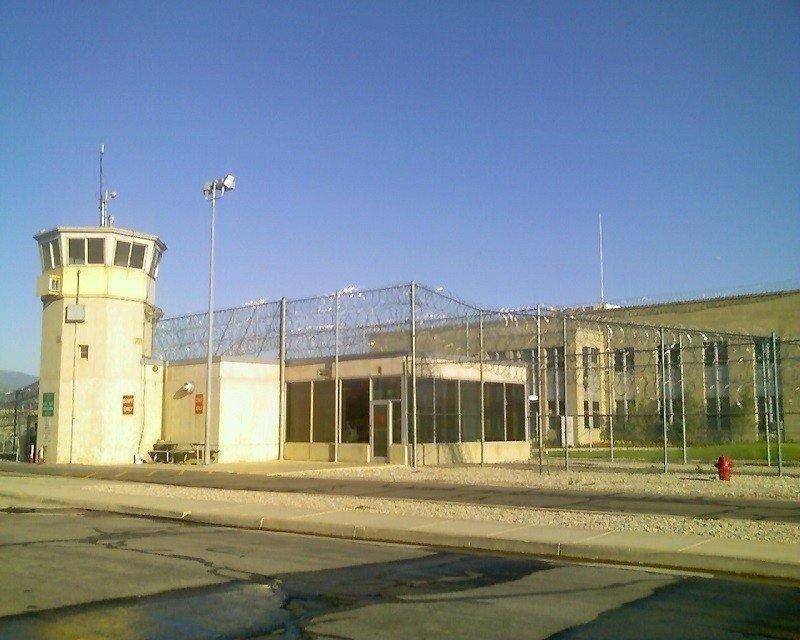Though Carbon and Emery high schools compete in the sports arena as rivals, there has always been a kinship between the two neighboring counties. This kinship and willingness to work together is exactly what the area needs to bring economic diversity to Castle Country.
In 2014, the Utah State Legislature announced plans to relocate the state prison due to economic growth in the Draper area. The announcement ignited a statewide search for the perfect site and gave Castle Country an opportunity to bring diversity to the area by filing an application for consideration.
The Carbon County Chamber of Commerce hosted a meeting in late January to discuss the level of interest and, according to Emery County Commissioner Keith Brady, the interest was not only there, but very high.
“We [commissioners] understood that we couldn’t do it alone, but together we could. We divided out assignments and were able to complete the application on time,” Brady said.
In their joint application, Carbon and Emery County commissioners detailed three locations in each county that would be suitable to host a prison. Each location was required to have specifics on access roads, access to utilities such as gas, water, electricity, internet and phone services, as well as the functions of the land surrounding the areas.
The first location in Carbon County is east of Helper just off Highway 6 on Consumers Road, while the second location is almost to the Carbon/Emery border on Highway 10. The third proposed area is on the west side of Highway 10 and Ridge Road.
In Emery County, the first location is north of Huntington, west of Highway 10 and just south of the Carbon County border. Both the second and third proposed locations are also north of Huntington but east of Highway 10.
These locations were selected because the land is already owned by the state, in low density demographics with no future development envisioned and are near either Highway 6 or Highway 10, which will provide easy access for both construction of the facility and future transportation of inmates. These locations are also close to the hospital and courthouse as well as other housing, shopping and recreation opportunities. Both counties also submitted letters of support from their respective chambers of commerce, mayors and city councils.
Emery Telcom has also done their part to bring the project to Castle Country. In the application, Emery Telcom agreed to provide fiber allowing for internet, cable and phone services at any of the six locations, if selected.
As of December 2014, unemployment in Carbon/Emery counties was about 4.7%, much higher than the 3.5% average statewide. Within the year 2015, approximately 250 workers will be displaced due to the closure of the Deer Creek Mine and the Carbon Power Plant. This brings forth a need for diversity, which is what Brady said bringing the prison here can do.
“If we don’t have something else here now to diversify the economy, I think eventually we’re going to be hurting,” Brady said. “Even if this doesn’t happen, we could be doing okay, but we still need to pursue other avenues to diversify.”
According to Brady, putting the Carbon/Emery locations in the running could potentially open up the possibility of splitting up the facility into different locations. Brady speculated that by keeping a smaller facility in northern Utah and building a medium sized facility here, both communities could benefit from the relocation.
“To me, it seems like it would be better for both communities,” Brady said. “Splitting the prison up would make less of an impact but still provide the same benefits.”
As far as benefits go, Brady said it has been proven that with the increase of law enforcement officers, areas near prisons see a decrease in criminal activity. When the Central Utah Correctional Facility was built in Gunnison in 1990, the prison brought with it close to 400 jobs with staying power to the area.
According to Sanpete County Economic Development Director Kevin Christensen, building a state prison in Gunnison has greatly helped the economy in their small rural community.
“I would say the positives far outweigh the negatives as far as helping our community here in Gunnison,” Christensen said.
One possible hindrance for this area is the small population. The current prison in Draper uses approximately 1,400 volunteers each year. Individually, it would be tough for each county to come up with a similar number, but together, Brady thinks it’s possible.
“Both of our counties together could produce that many volunteers, separately it would be tough,” Brady said. “It was nice to put that joint venture together saying that we’re willing to work together, so just give us a chance; make us an option.”
Although it is unlikely a final decision will be made in the 2015 legislative session, Brady said it’s good to know we have our hat in the ring.
“Right now, it’s just a waiting game. We’re hopeful, but cautiously so because the [legislature] might decide that we don’t have what they want,” Brady said. “But at least with the citizens from the Wasatch Front pushing back, hopefully that opens us up as a possibility.”

